ACMP supports the Afghan National Institute of Music
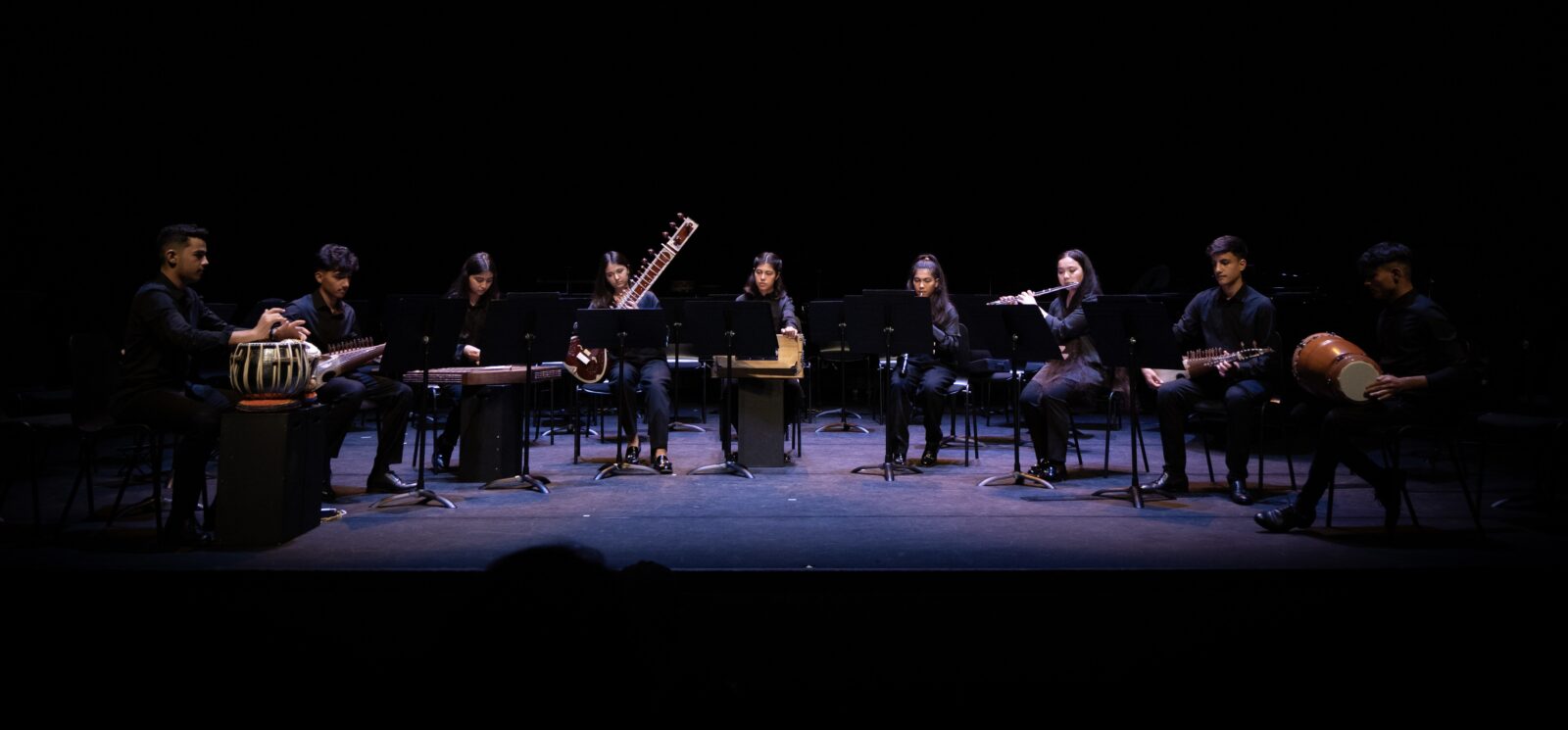
In addition to his busy life as an entrepreneur, investor, and active amateur cellist, ACMP member Seth Maerowitz (Brooklyn, NY), volunteers for the U.S.-based nonprofit Friends of ANIM (Afghan National Institute of Music.) Seth became involved with Friends of ANIM after meeting one of its board members, Lesley Rosenthal, through ACMP members David and Rebecca Sayles. In a recent phone conversation, he shared ANIM’s extraordinary story of resilience when the entire school was evacuated to Portugal after the fall of Kabul in 2021.
Watch Symphony of Courage, a half-hour documentary about the airlift to Portugal.
I was inspired to give an ACMP grant to ANIM in support of its chamber music programs. ACMP and ANIM share a common mission to provide access to chamber music to people of all backgrounds in all corners of the world. From ANIM’s website:
Ensemble playing is at the very heart of ANIM. Very simply, music brings people together. Through playing music together and listening to one another, the youth of Afghanistan can begin to heal their wounds and build strong bonds within Afghan society. Playing together in harmony teaches children to live in peace as a nation, no matter the ethnicity or background.
When children play in a musical ensemble they collaborate, listen, share, and contribute. ANIM’s ensembles are a microcosm of the future we hope to build in Afghanistan: a peaceful, thriving, vibrant, and dynamic society which embraces diversity and provides opportunities for all.
Seth introduced me to ANIM’s Founder and Director, Dr. Ahmad Sarmast, and I had the honor of meeting him on Zoom to talk about ANIM’s history and chamber music activities. Read an excerpt from my interview with Dr. Sarmast, below.
Stephanie Griffin (SG): Dr. Sarmast, thank you so much for joining me today. I’d love to start by asking you about the chamber music component of your program at the Afghan National Institute of Music.
Dr. Ahmad Sarmast (AS): We always give a significant importance to chamber music and chamber activity of our students. Back in Afghanistan, we had many small ensembles, and we also had a chamber orchestra. But since we arrived here in Portugal, we reestablished a number of chamber groups, as well as the Zohra Orchestra and the Afghan Youth Orchestra, which are the largest orchestras of our school. Currently our chamber activities mainly take the form of traditional music of Afghanistan. We’ve got a group which is called Azada. Azada is a nine-member ensemble of traditional Afghan instruments performing instrumental music of different ethnic groups of the people of Afghanistan, specially arranged for this ensemble. Also, the repertoire of the group consists of some solo pieces that normally they play as a prepared solo, or sometimes in arrangements for two or three players. The second chamber group receives a lot of invitations to travel and to perform in many European cities. Is called Taranum. It’s a seven-member group made up of our advanced students, and led by a faculty member who plays gijhak himself and performs with the group. This is an instrumental and vocal group specializing in semi-classical popular music, as well as in music of the different ethnic groups of Afghanistan.
SG: Thank you – that’s fascinating. I noticed on your website that in addition to instruction in Afghan traditional instruments, you also have a Western orchestra, and offer lessons in Western classical music at ANIM.
AS: Western classical music was the core program of the Afghanistan National Institute of Music, and we have been extremely committed to musical diversity. And also, I strongly believe that Western classical music is a heritage that belongs to all humanity and the Afghan people – Afghan children, Afghan youths and generally, every Afghan citizen should have access to the beauty of this music as well. So, the program of the school was made of two elements. One of these is Western classical music, where our students are learning a classical instrument alongside several music academic subjects such as ear training, music history, orchestration, composition. It begins with that program, and the curriculum changes as the students develop. But also, we have two large orchestras, the Zohra orchestra and the Afghan Youth Orchestra, which are completed by Western classical instruments. The repertoire of these orchestras is made of Western classical pieces, as well as Afghan music specially arranged for these orchestras. The specifics of these two orchestras is that in the makeup of the Western classical orchestra, we also incorporate Afghan traditional instruments. And each time we play a Western classical piece, it’s always a new arrangement that incorporates Afghan traditional along alongside Western classical instruments.

SG: You mentioned arrangements that have been made for both the chamber groups and your orchestras. Do you have composers on site that have been writing down some of these arrangements that combine Western musical instruments with Afghan classical instruments?
AS: Yes. All the arrangements are made by our own faculty. In different periods of time, different members of the faculty were involved, or they will be getting involved as needed. The music is arranged most of the time by the conductors. So currently, our conductor is arranging music for the Afghan Youth Orchestra and for the Zohra Orchestra. Everything is in notation – we’ve got the scores, and we’ve got parts for every instrument. It’s in a proper orchestration method, which is prevalent in the West.
SG: Will you ever be publishing some of these arrangements and making them available to people in other countries who might want to explore playing arrangements of Afghan classical music themselves?
AS: We would love to have those scores published, together with the parts, if there’s an opportunity and resources available for us to do so. And we would be happy to share with you the scores that we developed of Afghan as well as non-Afghan music. You would be most welcome to use them for your chamber activities on your side.
SG: Wonderful – thank you! In terms of chamber music, do you also have a program for teaching Western classical chamber music, such as traditional string quartets, piano trios and other standard ensemble types? If not, do you plan on developing that?
AS: Back in Afghanistan it was part of our educational activities and right now, that our students are studying in Portugal, this chamber music is an important element of their practical activities in the Braga Conservatory, where they continue their music education.
SG: Also, when I saw your website, I was very inspired by the number of women students that you have, and especially given Afghan history and the situation with the Taliban. Can you tell me a little bit more about your mission to include women and help Afghan women have access to music?
AS: A major commitment of our school and the mission of our school was also to make a contribution to gender equality, not only in Afghan society, but generally in music, and also to use the soft power of music and education for empowerment of girls and women. In order to achieve this goal, annually, we reserve 50% of the school’s new enrollment for the girls. And the girls’ enrollment was always a priority. We began in 2010 with one girl. But by the return of the Taliban, more than one-third of the student community was made up of girls. And the girls were beautifully presented in every large and small ensemble of our school, while at the same time we managed even to establish a 35-member all-women orchestra of Afghanistan called Zohra. And if you google Zohra Orchestra, you can see that was in high demand. In the last 14 to 16 years, it became a symbol of women’s emancipation and freedom of Afghan women and a symbol of Afghan women’s empowerment.
SG: Wow, that’s very inspiring! Could you tell us about the process of moving your school to Portugal and the local collaborations that you have with the Braga Conservatory there?
AS: Relocating the students and faculty of the Afghanistan National Institute of music was a huge, huge task in which many people were involved. This activity was led by the Friends of ANIM – our non-governmental organization from the United States. Thanks to Friends of ANIM, we managed to bring and form a huge coalition of people of good will which included human rights activists, women’s rights activists, music advocates, lawyers, legal firms, politicians, and big-name musicians such as Yo-Yo Ma. Thanks to this huge collaboration and this beautiful team, we managed eventually, after four months of working day and night, to pave the way for the evacuation of the entire school community out of Afghanistan. And in this process, we are very, very grateful to the government of Portugal, who was the only country who responded positively to our appeal and offered asylum to our group. But of course, the Government of Qatar played a significant role in facilitating and acting as a mediator between ANIM and the Taliban and paved the way for the evacuation of our group back in Afghanistan. It was the Government of Qatar and the diplomats of Qatar in Kabul who were troubleshooting, negotiating, and overcoming the challenges leading up to the evacuation.
SG: That was a very courageous move on your part. How about the students? When they moved to Portugal with you and the faculty, I presume they all had to leave their families behind in Afghanistan?
AS: Yes, we had at that time, in late August, received 282 asylum spaces for our group. Therefore, we were working very cautiously to make sure that no student was left behind in Kabul, but also to include all the faculty with their families and all the staff with their families. In this manner, we managed to get 273 people, but students were mainly traveling alone, without their families. And that was one of the major problems when we arrived to Portugal, because within our group, we had 73 unaccompanied minors. That was a big legal case that had to be solved with the intervention of the Family and Children Court of Portugal. Eventually, after almost eight months of negotiation between our lawyers, Portuguese social security and the court, a solution was found that allowed us to keep the group together united, not in one building, not in residential care, but close to each other. Everyone wanted to do what was in the best interest of the kids, and we made sure that they were able to study together, play together, and continue activities together. And that’s why we received a proposal from the government of Portugal to move to the north, to the city of Braga. We are very grateful to the conservatory of Braga, who very generously offered to receive all our students and to enroll all our students in the Braga Conservatory, as well as in the schools affiliated with Conservatory. The conservatory music program is activated in two major schools, primary and secondary schools, where our students would be studying until grade nine. And in grade 10, they will be moving to the conservatory. Right now, our students are between these two institutions. Such was the generosity of the Conservatory and the affiliated schools that they probably turned down many Portuguese students, but made sure that our students would be able to chase their dreams and continue their music education.

More Articles

Drab, Inconspicuous, and Quiet No More
Washington, D.C.area pianist and choral conductor Sonya Subbayya Sutton is a passionate advocate of the work of women composers. Read about some of her favorite women composers and discover new chamber repertoire from her list.Read More ↗
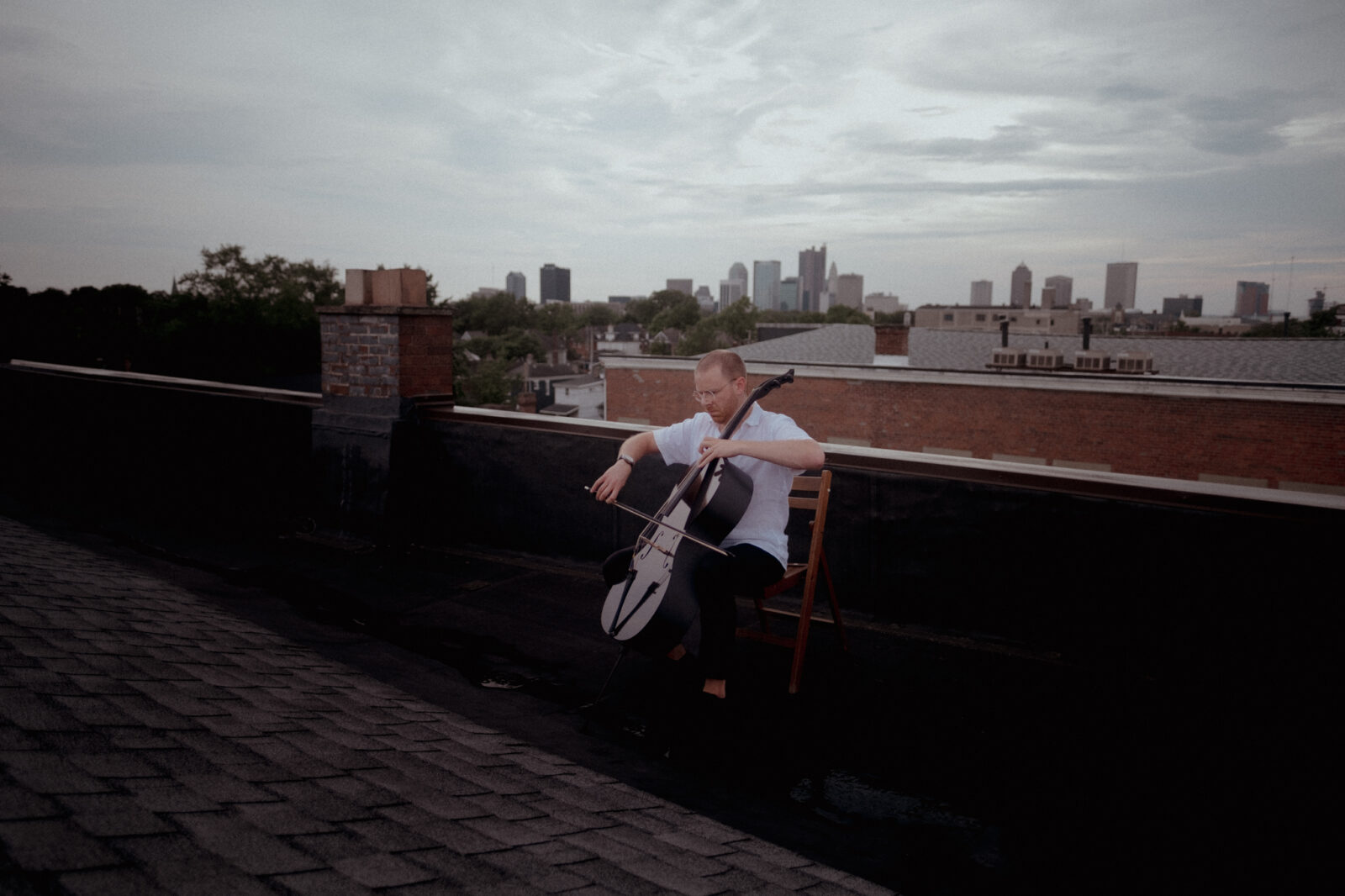
Andrew Brush: An amateur cellist with a global reach
After ACMP’s modest beginnings nearly 80 years ago, ACMP has grown to have a global membership, and perhaps nobody embodies this boundary crossing more than Andrew Brush. With his cello in tow, he splits his time between his home in Columbus, Ohio, and Buenos Aires, with visits to Europe and Istanbul, where his wife is from. Along the way, he has developed diverse musical interests, with influences ranging from Argentina to Mali. We caught up with Andrew recently after he had returned to Columbus, where he serves as a member of the ACMP North American Outreach Council.Read More ↗
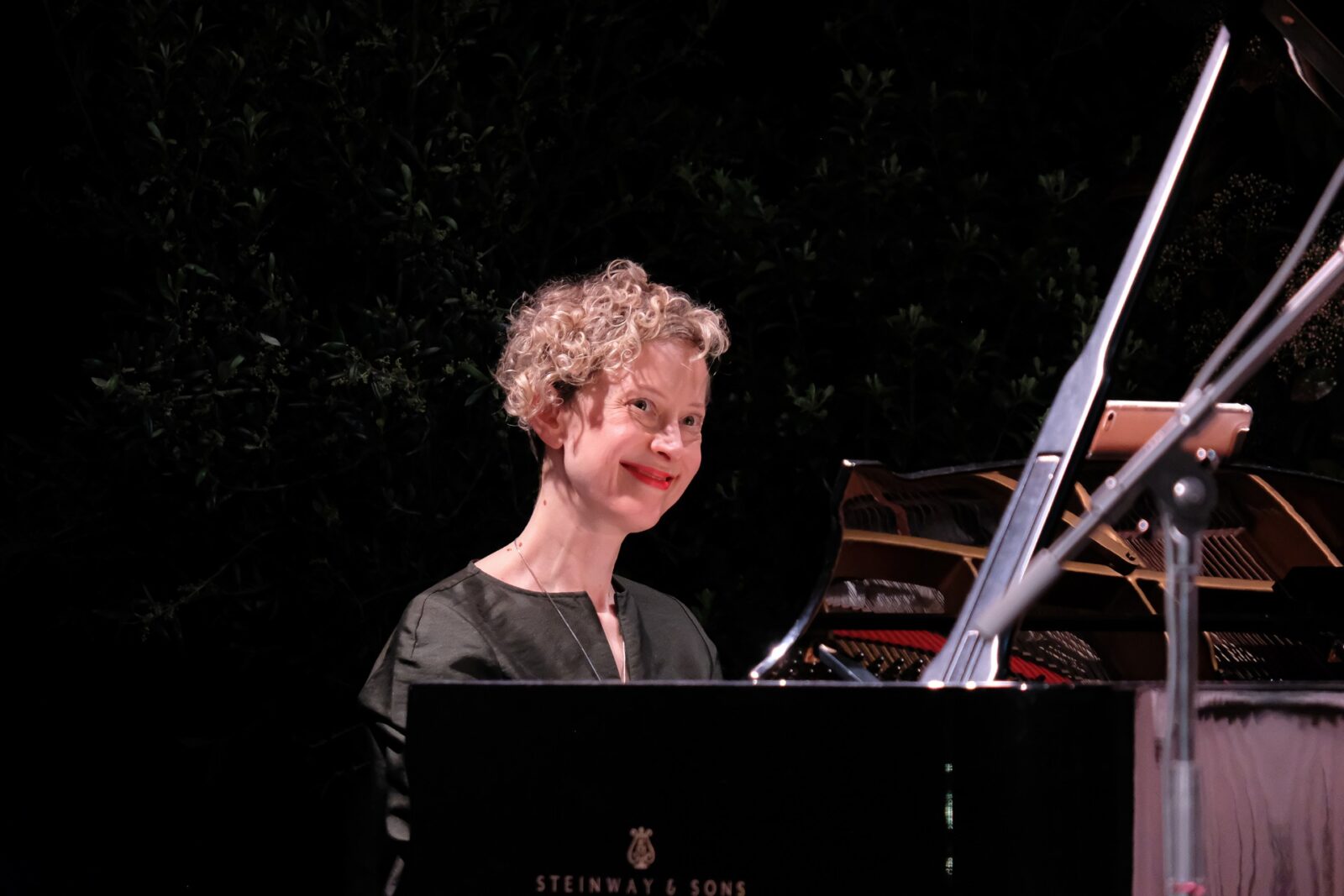
Befriending Performance Anxiety: simple tips for success
Performance anxiety is a universal experience, a survival mechanism that is hard-wired. Many of us react with shaky hands, lack of focus, shallow and fast breathing, rapid heart rate, and even feeling queasy. This is all perfectly natural - our protective sympathetic nervous system comes online to save us from danger, real or imaginary! Join Dr. Xenia Pestova Bennett for a free online webinar about managing performance anxiety on Thursday, October 30th at 6pm UK/Ireland time.Read More ↗
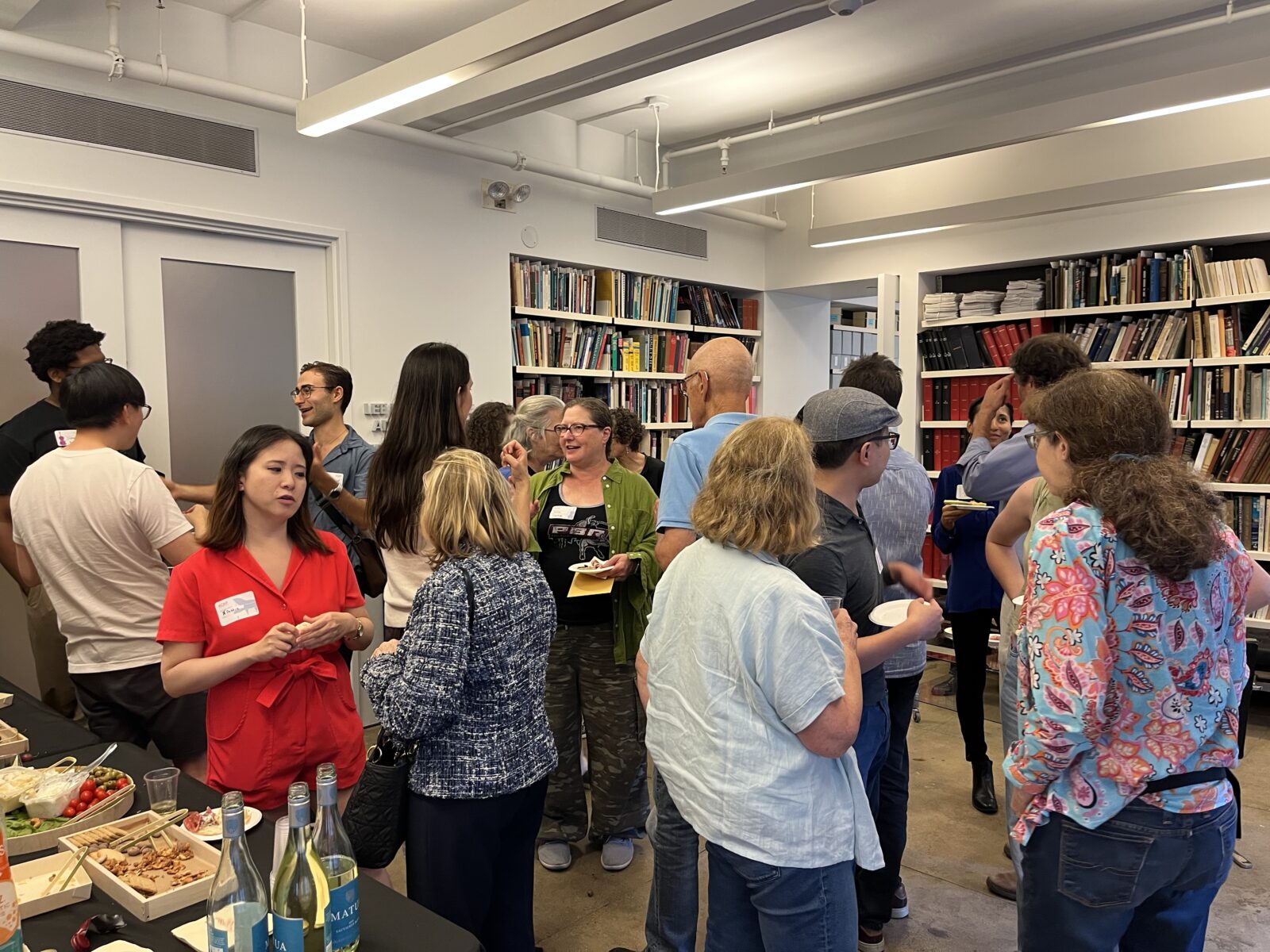
The Great American Play-In: ACMP and ACO
On Saturday, September 13 ACMP embarked on its first collaboration with the American Composers Orchestra (ACO). Together we organized a Play-In focused entirely on music by twentieth and twenty-first century American composers. Over the course of three hours, forty-five musicians discovered sixteen pieces or sets of pieces by a wide range of American composers, spanning from 1896 through 2025.Read More ↗
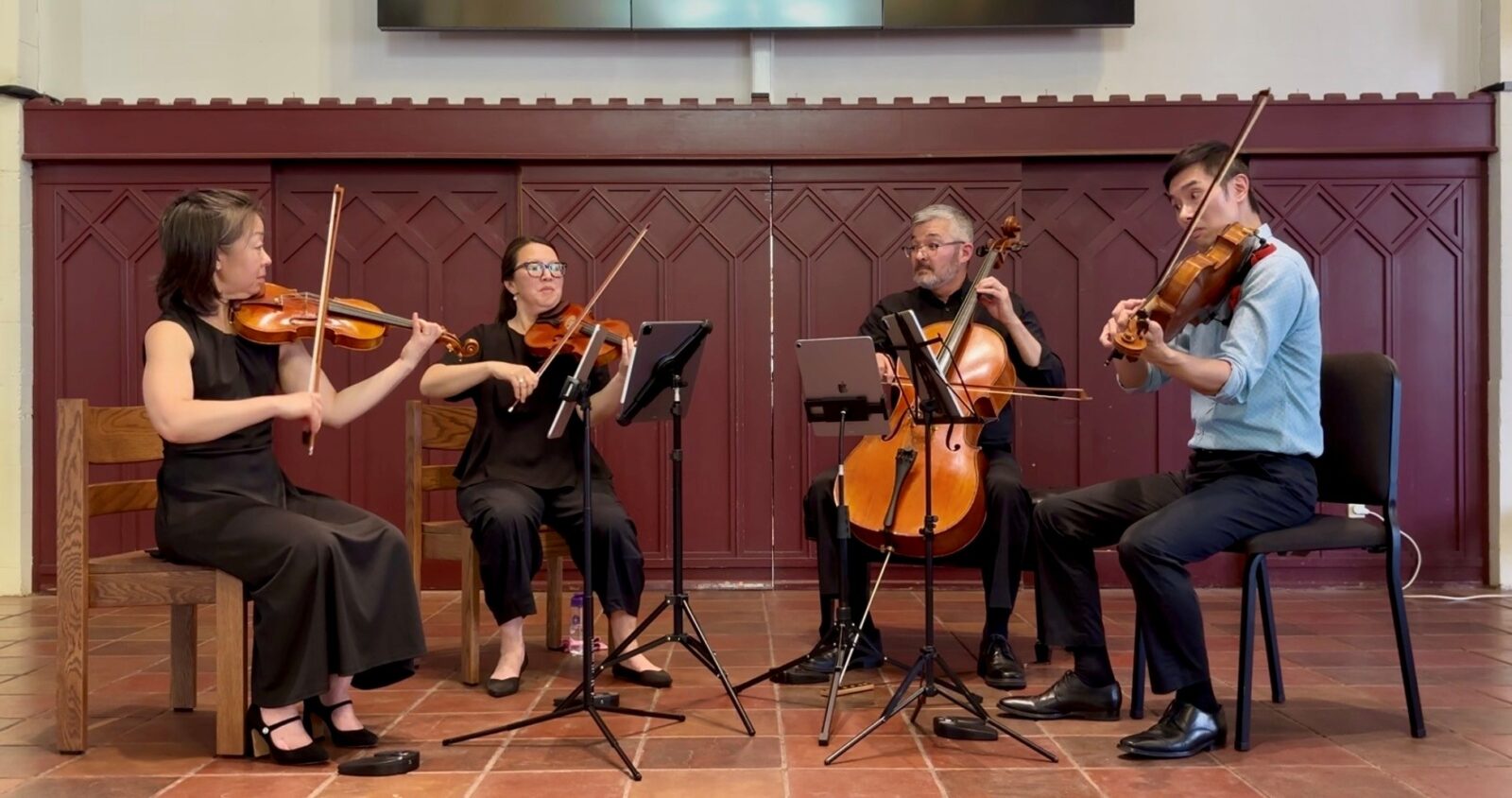
Just Play Concert: Exploring New Voices and Old Masters with the Tarka String Quartet
Thanks to a “Just Play” grant from ACMP, the Tarka String Quartet—Sue Soong and Julie Park on violin, Kevin Jim on viola, and Angus Davol on cello—recently shared a program in San Diego that reflected their passions: exploring new voices by women composers alongside the great works of the quartet tradition.Read More ↗
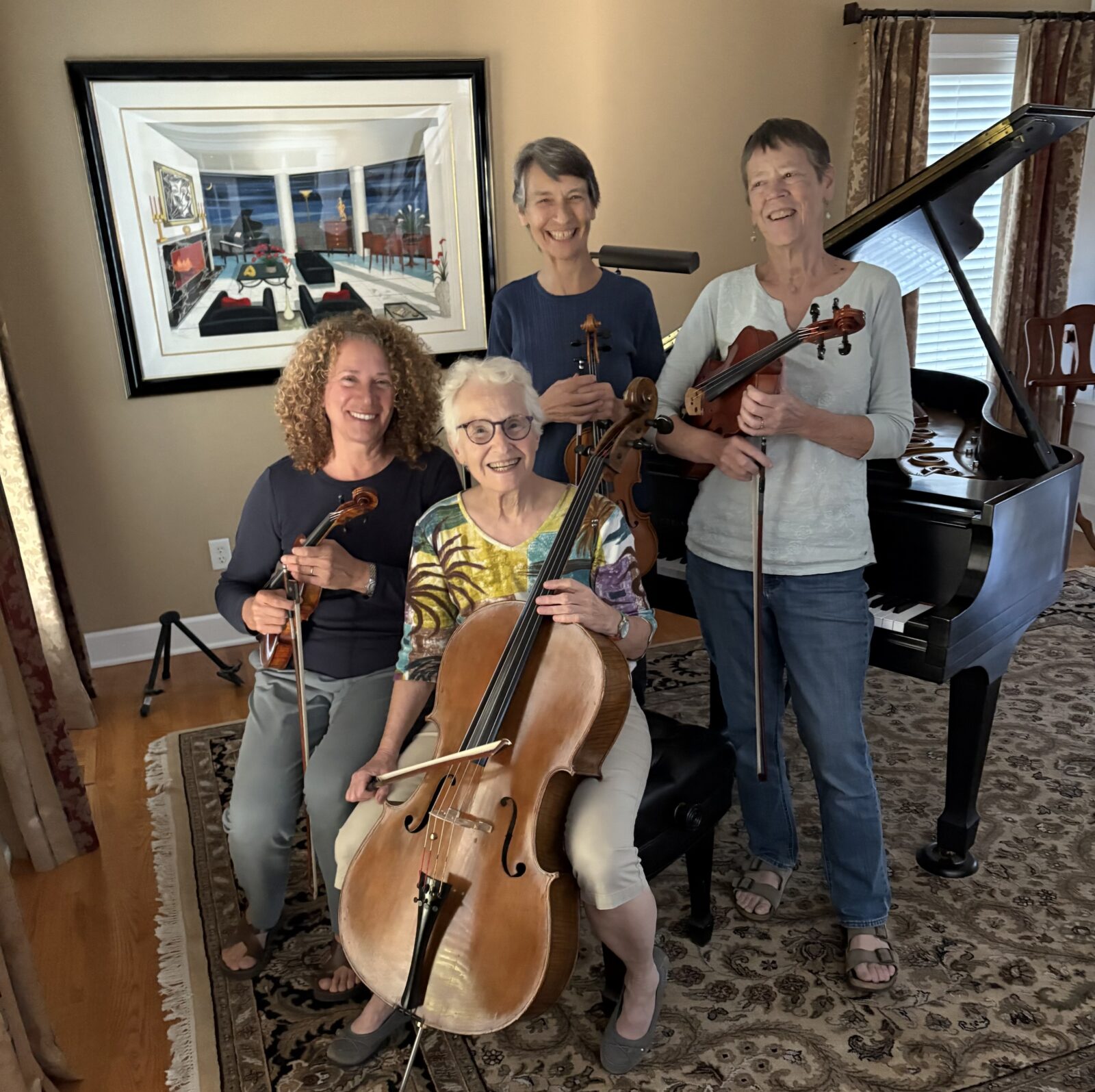
ACMP Members of the Month – October 2025
Playing in a regular string quartet is kind of like having a regular foursome in golf – everyone needs to be of roughly similar ability, and they also need to get along. When those two dynamics come together, the result can be a lasting chamber group that brings enduring friendships. Such is the case with our Members of the Month for October – Ruth Sklarsky, Barbara McIver, Ellen Henry and Kathy Lewis, residents of the Rochester, N.Y., area who have played in a string quartet for more than a decade. They got together and collectively answered a few questions about their musical journey.Read More ↗

ACMP Event: Meet Harumi Rhodes
Join ACMP’s Executive Director Stephanie Griffin on Saturday, November 1 at 2pm Eastern time for a lively discussion and Q and A with violinist Harumi Rhodes. Harumi is the daughter of two famous chamber musicians: Stephanie’s former viola teacher, Samuel Rhodes (Juilliard Quartet) and violinist Hiroko Yajima (Mannes Trio.) Find out more about Harumi’s early life in that celebrated chamber music milieu, and about her journey as she established her own career as the second violinist of the world-renowned Takács Quartet.Read More ↗
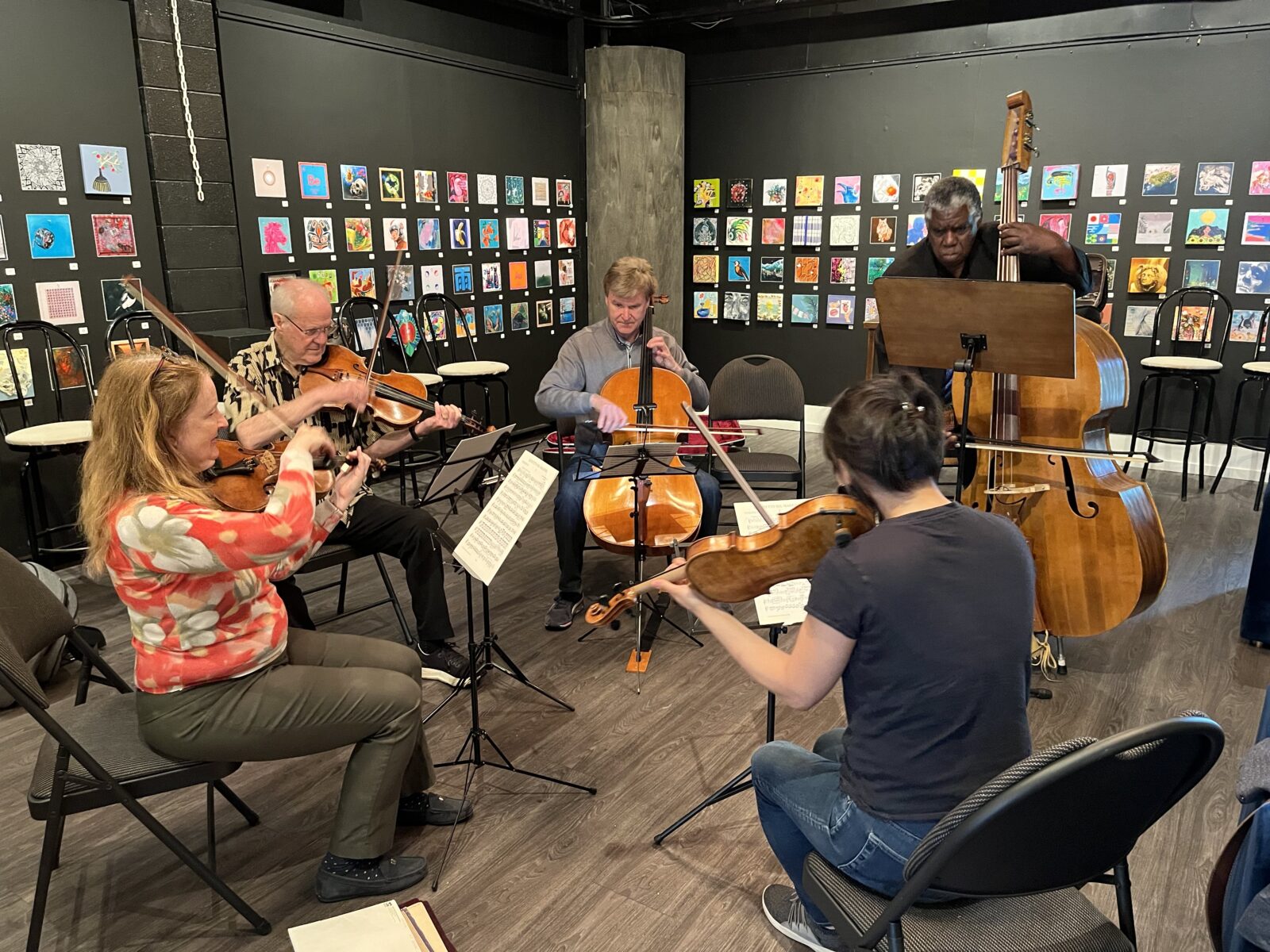
New guidelines for ACMP’s Workshop and Community Music Grant, deadline: October 24, 2025
ACMP's annual Chamber Music Workshop and Community Music grant cycle is open! Deadline: Friday, October 17. Read about the new guidelines and sign up for the Grant Information Session.Read More ↗

A weekend of music and renewal at Chautauqua
When you first set foot on the grounds of the Chautauqua Institution in southwestern New York, it’s easy to understand the lift in Arlene Hajinlian and Sonya Sutton’s voices when they speak about their summer homes, and why they would welcome a group of ACMP members for a weekend of music-making.Read More ↗
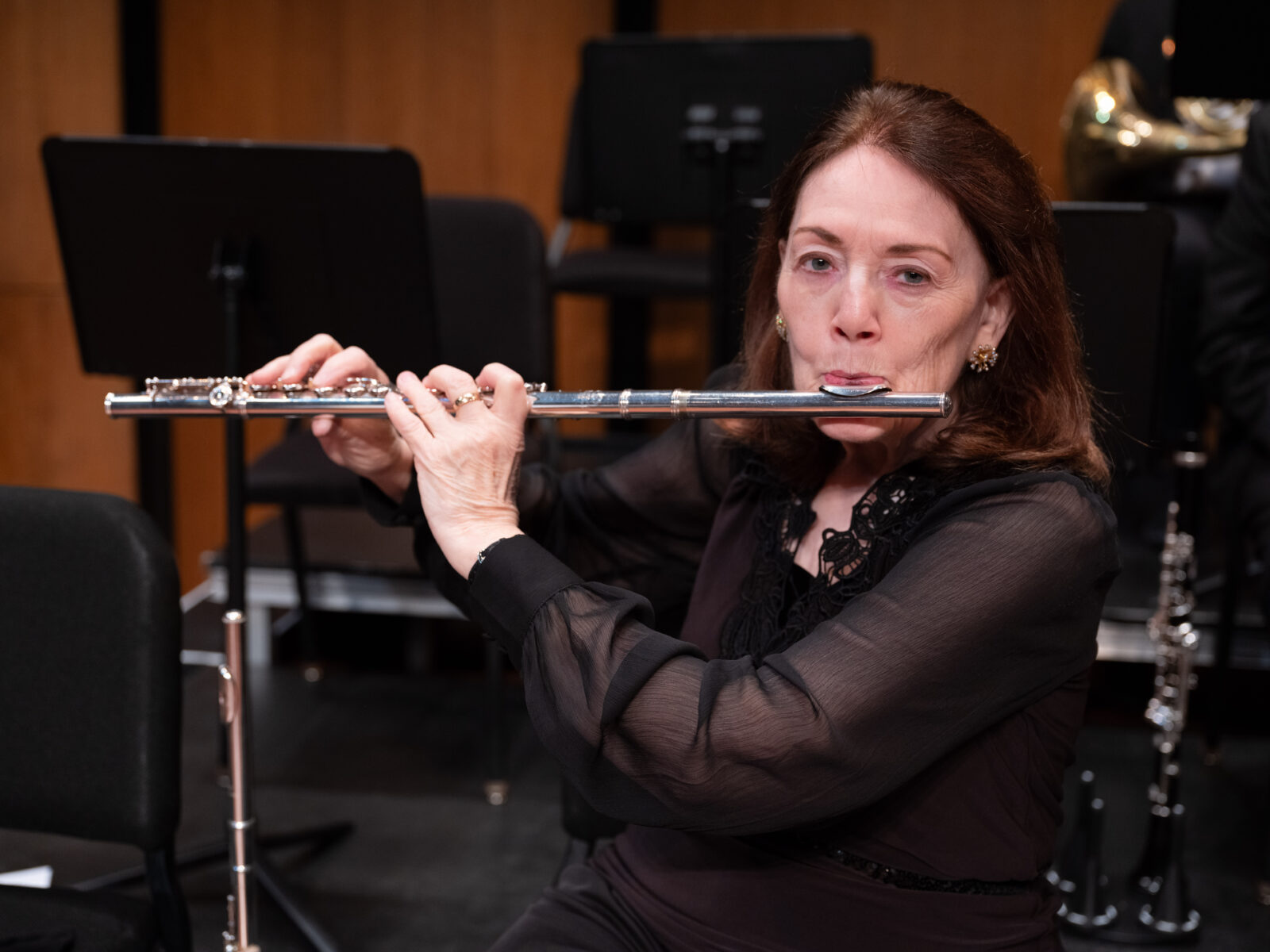
Optometrist by vocation, flutist by avocation
For someone who does not pay the rent as a musician, Pat Brown leads a full musical life with her flute. An optometrist by profession and a dedicated flutist, she has been a member of the Texas Medical Center Orchestra for more than 20 years, serving on the board and helping the group win national awards.Read More ↗
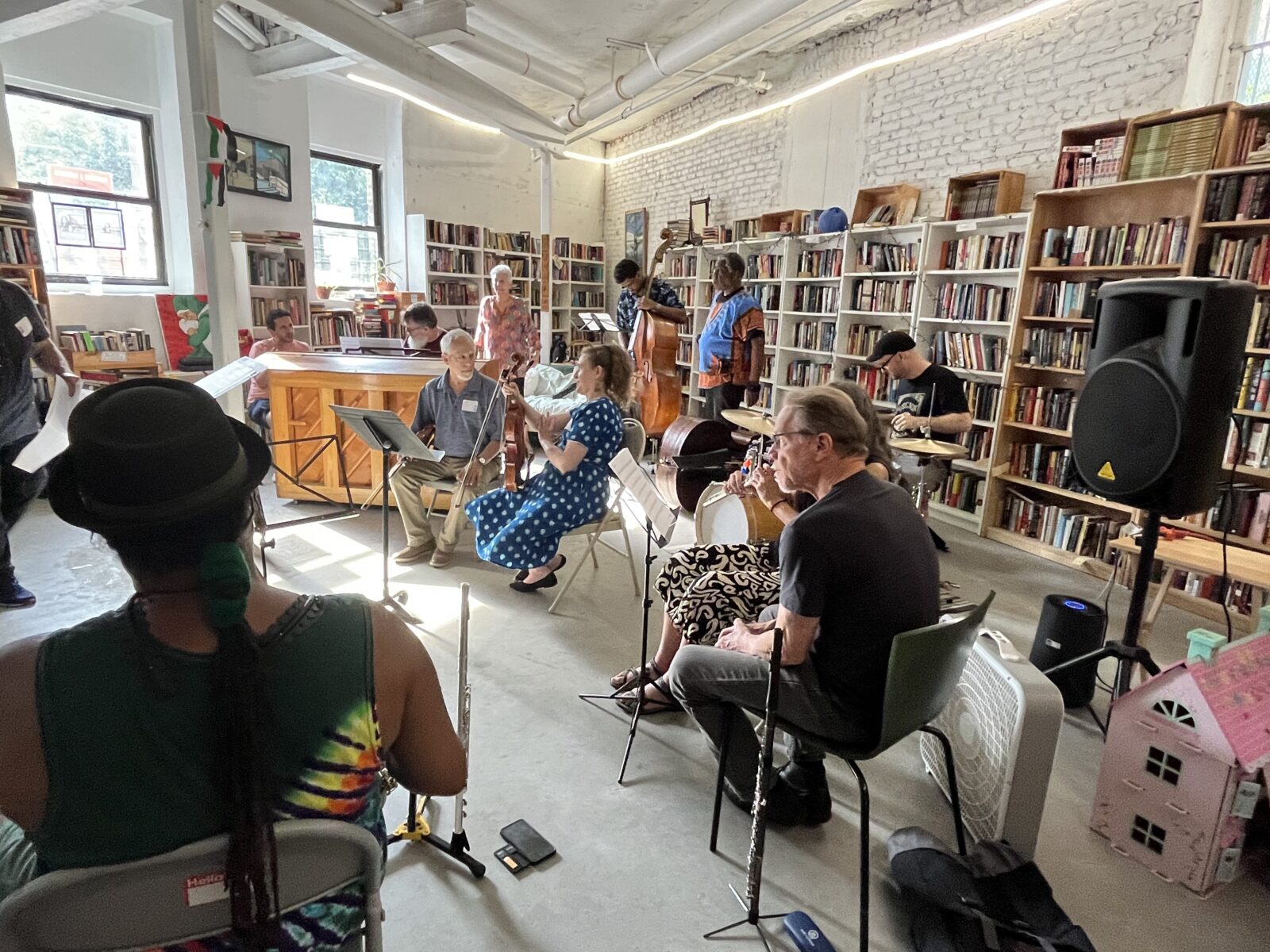
The Great American Play-In: Saturday, September 13 at Opera America
On Saturday, September 13 from 2 to 6pm, the American Composers Orchestra (ACO) and ACMP are hosting a fun and festive chamber music Play-In at Opera America (NYC), focused entirely on chamber music by twentieth-century and living American composers.Read More ↗

A professional pianist charts new musical paths with chamber music
When it comes to chamber music, ACMP pitches a big tent, from players just starting out to those rediscovering a passion for the music they played on their younger days. But ACMP’s membership also includes a thriving community of professionals — highly trained musicians who discover a community in ACMP that is hard to find elsewhere. Grace Shepard is one such professional living in South Florida and serving on ACMP’s North American Outreach Council.Read More ↗

How a cellist learned to love the viola, her way
Chicago-area cellist Ruth Rozen recounts her adventures with a vertical viola, opening the door to playing the inner voices in chamber music.Read More ↗
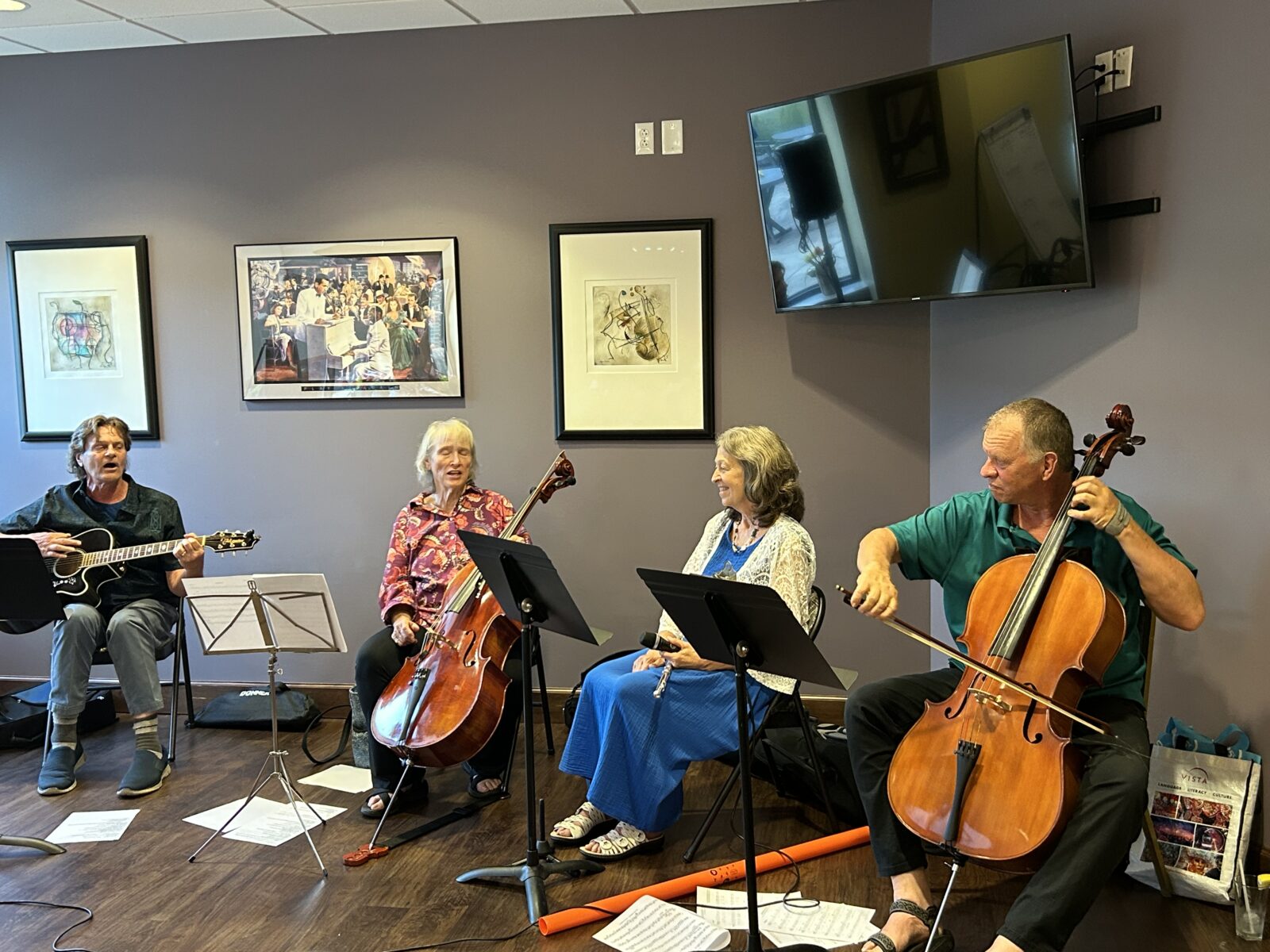
Tremendous Trivia Tunes: A Fundraiser for ACMP
Four members from DeKalb, Illinois tried a new method of fundraising for ACMP. They felt so grateful for ACMP's Home Coaching program and the wonderful teachers in our Coach Directory, that they came up with an innovative idea to give back to our community. They raised a little over $200.00, but the greatest part was how much fun they had doing it.Read More ↗

And the Play-Ins continued in June!
With ACMP's rapidly growing community of chamber musicians, Play-In season is never over! Read about two recent Play-Ins in June.Read More ↗
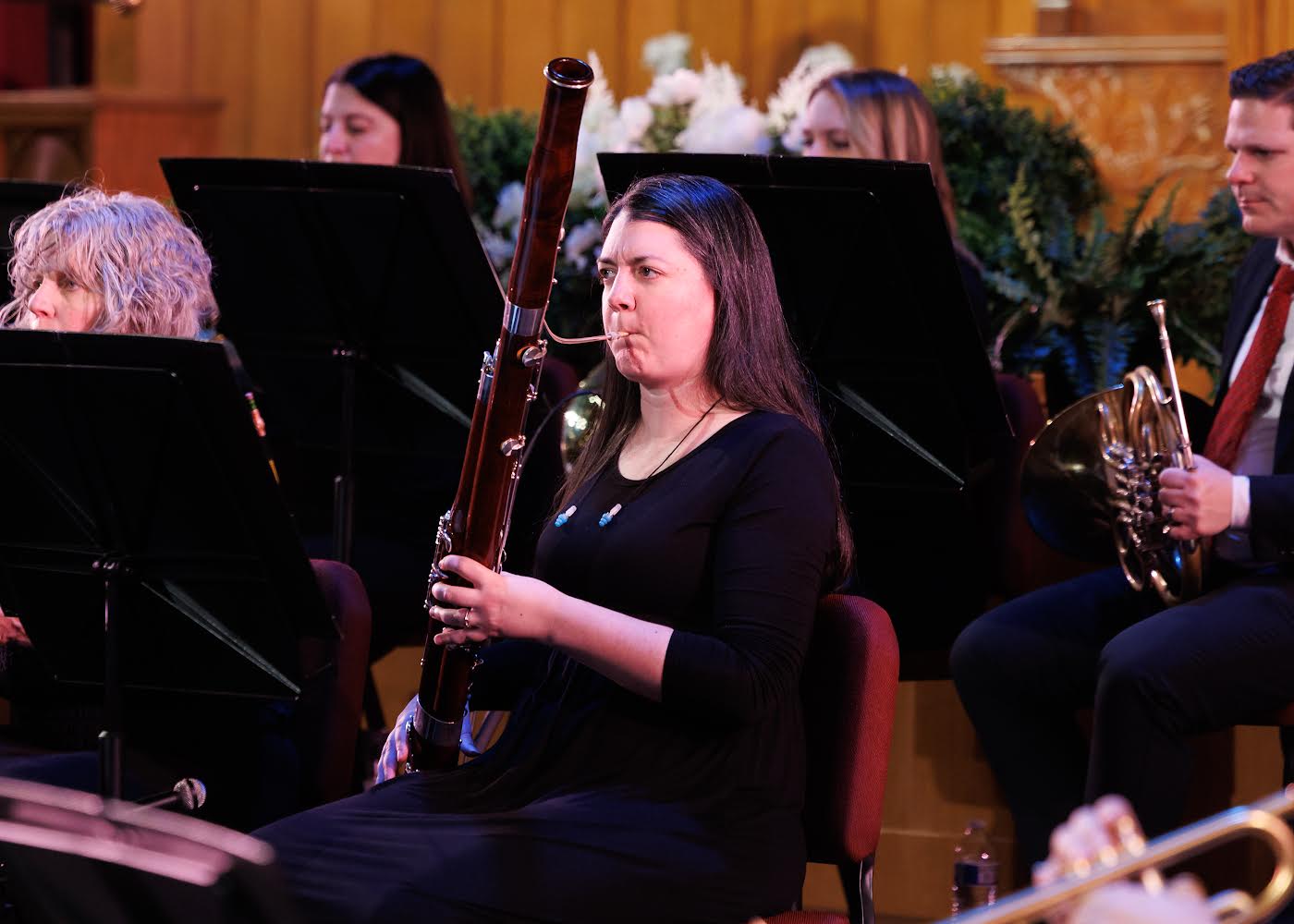
2025 News of Note Puzzle Contest Winner and Answers
Congratulations to bassoonist Jessi Vandagriff for winning this year's News of Note puzzle contest. And read more for the great puzzle answer reveal!Read More ↗
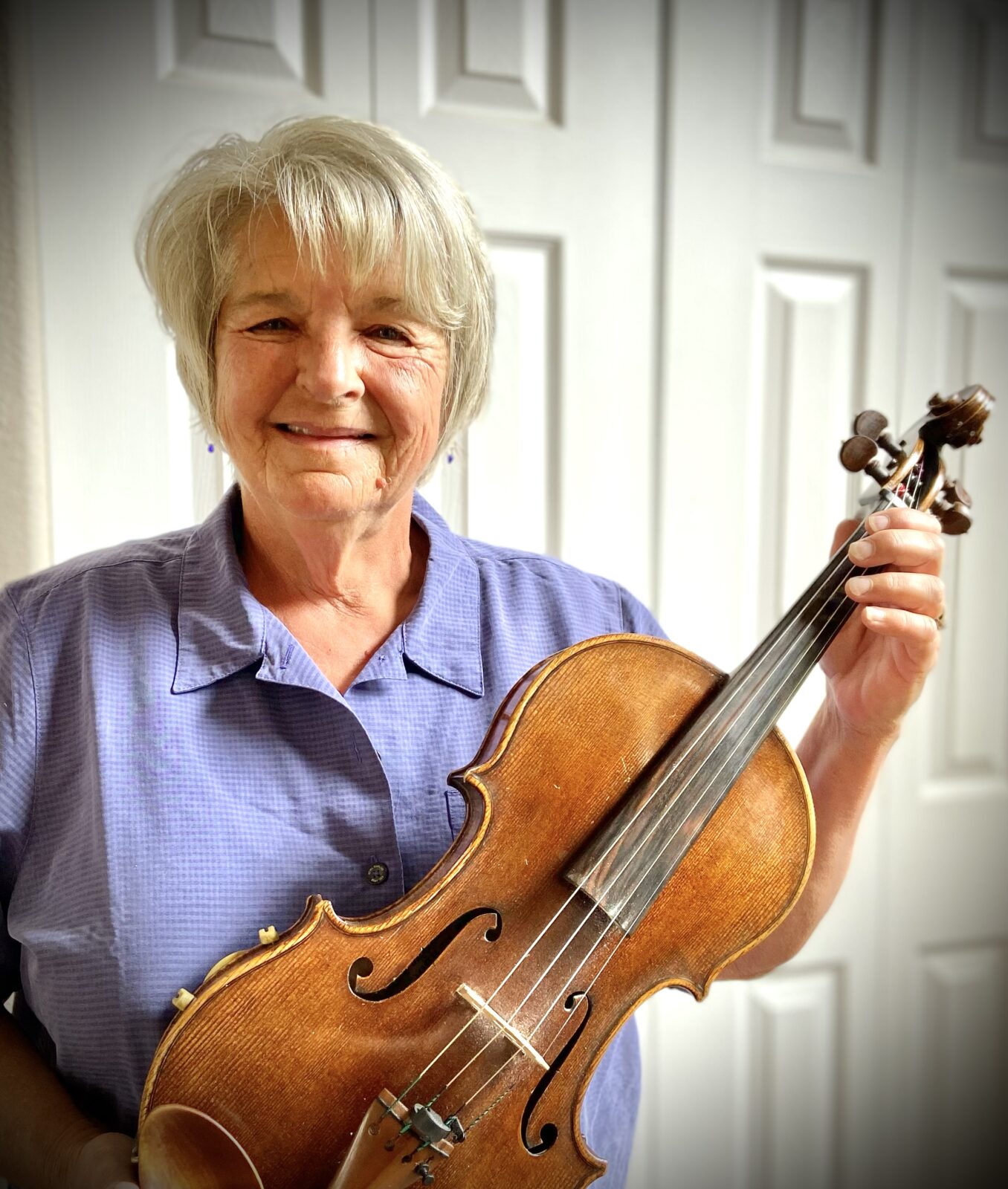
Member of the Month, July 2025: Cheryl Hite
The ranks of ACMP members are filled with professionals who began their college careers with the intent of pursuing music for a living, then for whatever reason moved into another career. Colorado-based violist Cheryl Hite is one of those musicians. A native of Detroit, she enrolled at Indiana University in the 1970s as a double major – biology and viola performance. Read her interview with ACMP Board Chair Bob Goetz.Read More ↗

The day my quartet played out of tune and almost got our host evicted
Chamber music can be a high stakes activity - play a bit out of tune, and your host could end up on the street. Read about one such close call in New York City.Read More ↗

News of Note 2025
It’s that time of year again! The web version of the 2025 News of Note is live, featuring updates from the past year—and some fun extras, including everyone’s favorite: a new puzzle. (Submit your answers by July 1!)Read More ↗
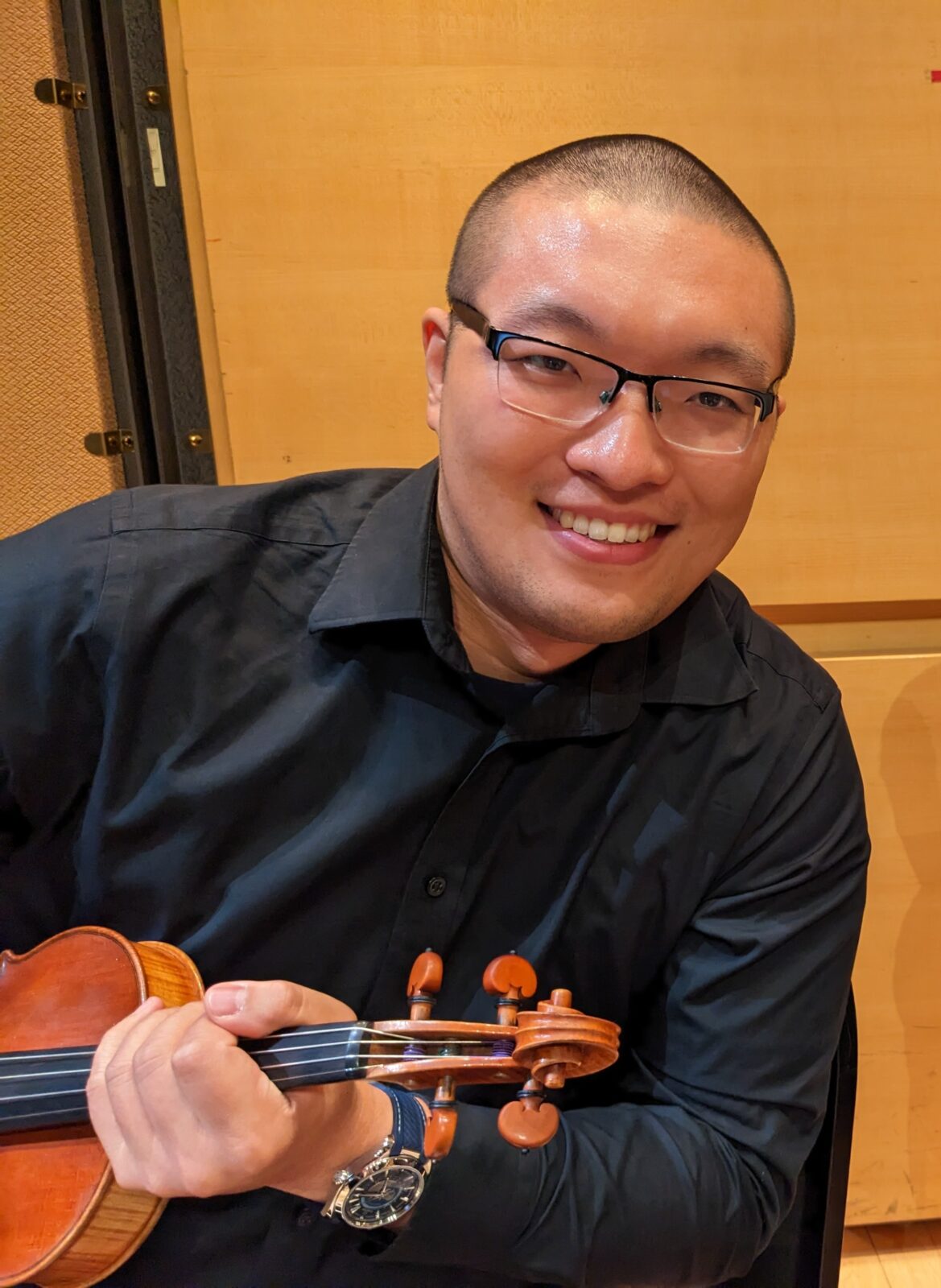
Member of the Month, June 2025: Frank Song
Frank Song, 28, may work remotely as a software engineer, but when it comes to music and the arts, he is all about being there, in person. With the flexibility to travel in his work, he seeks out concerts or museum exhibits in cities far beyond his home in Toronto. And while he’s at it, he takes along his violin to play chamber music. We caught up with Frank on a recent visit to New York, where he played chamber music with people he found through ACMP.Read More ↗